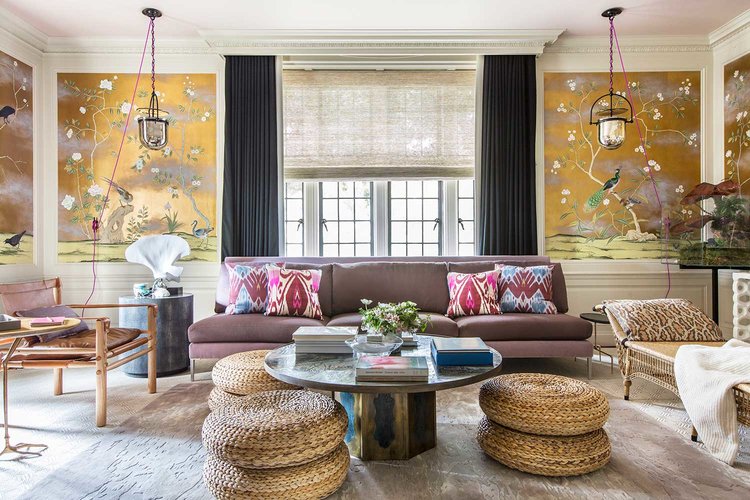
Chicest Ways to Decorate With Animal Prints
Share

Like fashion, interior design has a cyclical nature. There are interior styles that have been used in the past, stayed dormant for a few years, but is now making a strong return. Animal prints are not one of those. They’re constants in the interior design world. Some of the most commonly used prints are zebra, leopard, cheetah, jaguar, tiger, and hyena.
Interior design experts make it seem so easy to incorporate those prints into a home. But for most of us, it can be quite intimidating that’s why a lot of people veer away from it.
This shouldn’t be the case. The best thing to do is to approach it with caution. We have some tips to help you create a luxuriously chic home using animal prints.
Start Small
This is especially important if you’re just starting to ease your way into animal prints. Animal prints should fit your overall design scheme. It should blend in, not dominate. You can do this by distributing the pattern evenly across the room to create a good balance.
Let’s say you have a zebra skin rug at the foot of your bed, add another small piece of the same print somewhere in the room. Do opt for a variety by choosing a different animal print.
No matter how tempting it might be and no matter how much your heart is begging for it, avoid covering your walls with a leopard wallpaper or any animal print of your choice. Start small then work your way up.
Experiment with other prints
Wouldn’t that overwhelm the senses? Not if it’s done right. A perfect example of combining animal print with other patterns is Chloe Warner’s interior design project above.
The head honcho of Redmond Aldrich Design mixed a lone animal print decorative pillow on the rattan chaise lounge chair with gorgeous chinoiserie wallpaper and batik accent pillows.
The patterns used are a complete contrast to each other, but they vary in scale and colors so the end result is a well-balanced and truly beautiful cohesion.
Use lots of solid colors
If you want your home to look chic instead of a tacky mess, use plenty of solid colors. This is probably the most important rule when incorporating animal prints—or any print for that matter—in interior design. Animal prints should be used to offset those solid colors, not the other way around.
A safe option would be to use neutral tones on your walls, ceilings, and floors. To create a good sense of flow in your space, pick a color from the animal print that you will be using as your dominant color for the entire room.
You can add a secondary bold color to avoid a monotone look. But when you do so, make sure that the bold color will not make up more than 30% of the room.
Final thoughts
As a rule of thumb, animal prints should be used sparingly. Do have fun experimenting with it. See what works and what doesn’t, but always do so in small increments.
